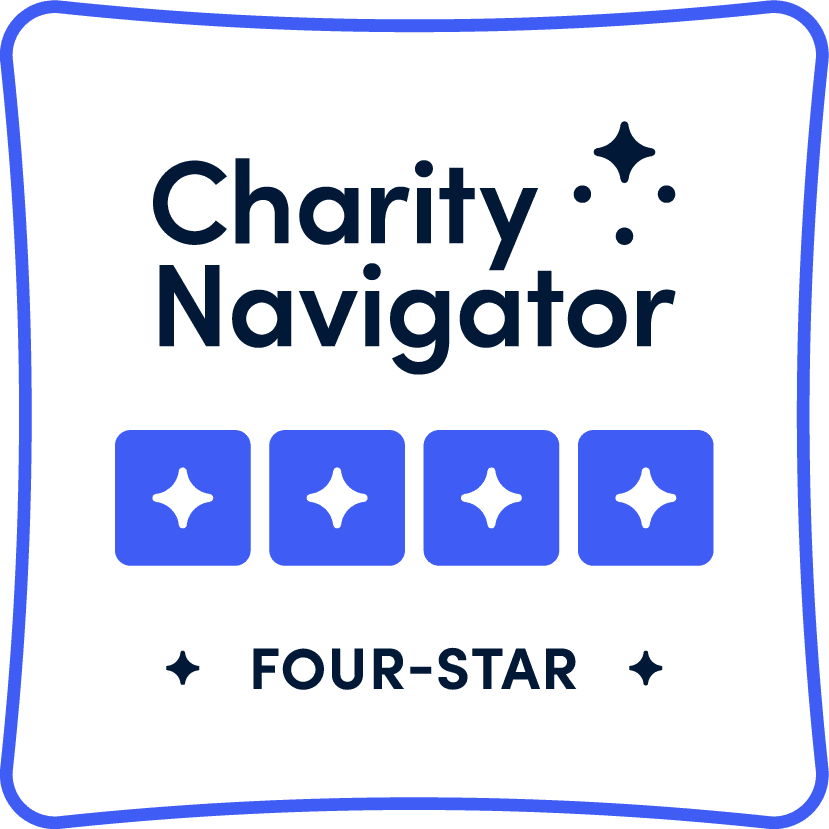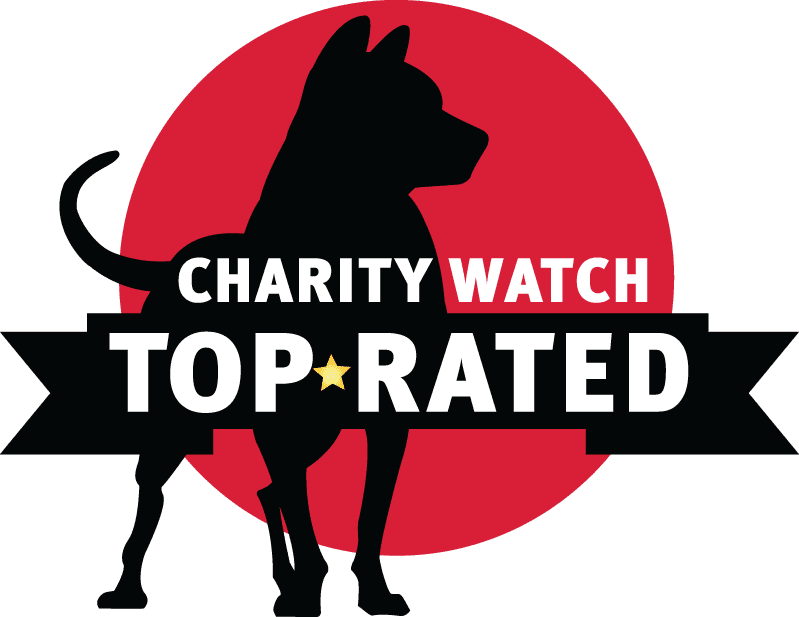Kindergartener’s worldview changes thanks to new eyeglasses
When Prince, a new kindergarten student, entered P.S. 152 in Brooklyn, New York, he spoke Creole exclusively.
He wasn’t able to identify numbers, letters, or count past four. Our teachers were trying absolutely everything they could.
Whitney Arnold, P.S. 152’s director
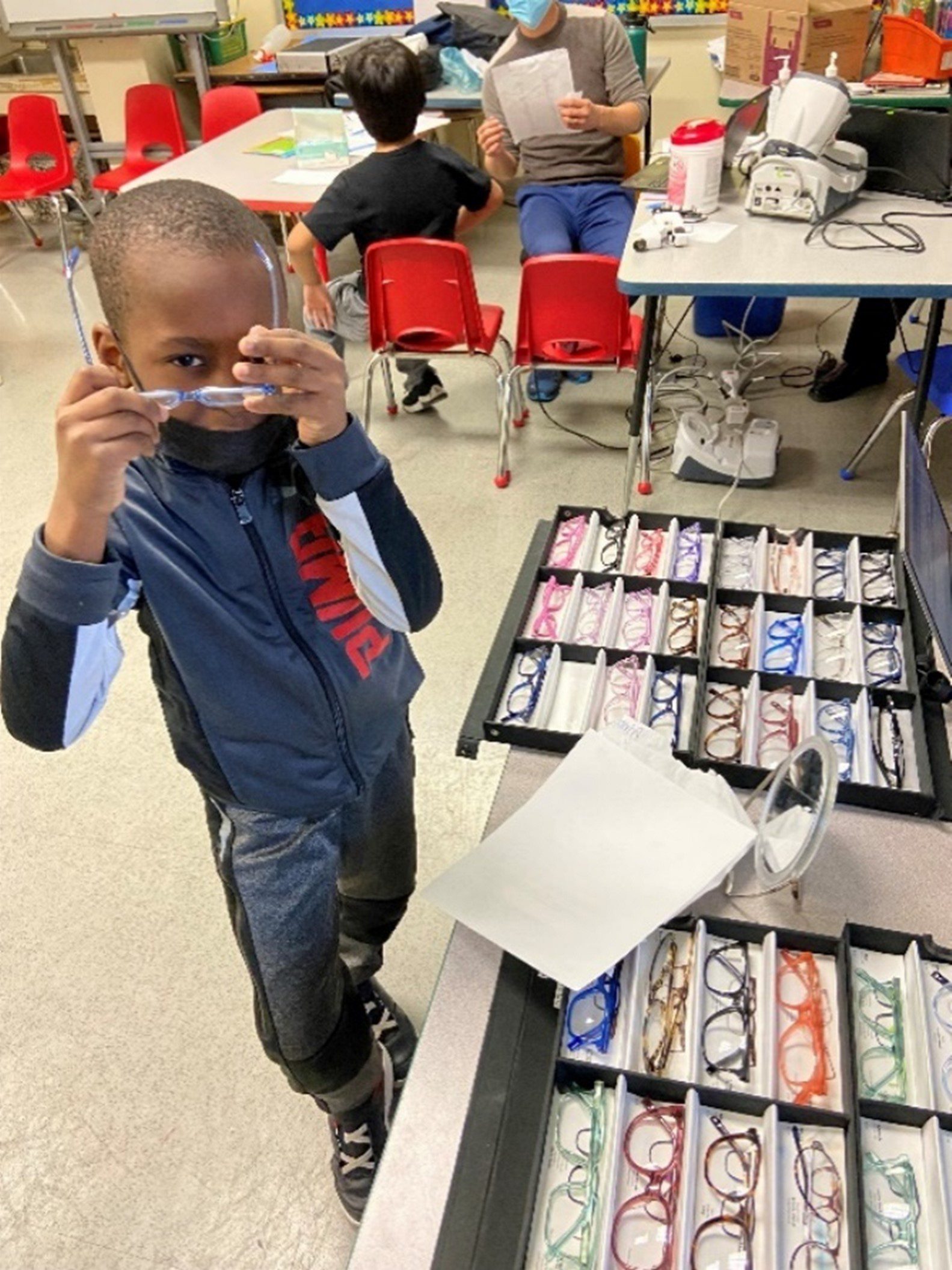
Due to long-term school closures and remote learning during the COVID-19 pandemic, most of the schools’ students were behind in academics, but Prince was even further. While many students showed signs of progress by the third quarter, Prince just couldn’t catch up.
“He wasn’t able to identify numbers, letters, or count past four,” recalled Whitney Arnold, the school’s director. “Our teachers were trying absolutely everything they could,” Arnold explained. “We all met with his parents regularly, trying to get to the root of what was going on, but had no luck.”
When Helen Keller Intl’s Vision team visited Prince’s school, our optometrist quickly discovered the problem: Prince had astigmatism and was both near and farsighted. Because his eyes were always zooming in and out like a camera, everything appeared blurry, making it hard to see schoolwork up close and on the board.
Seeing the real impact of vision loss
Unfortunately, Prince’s story is not unique. Students are sometimes misdiagnosed with learning disabilities, or disciplined for being disruptive, when the real issue is they simply can’t see.
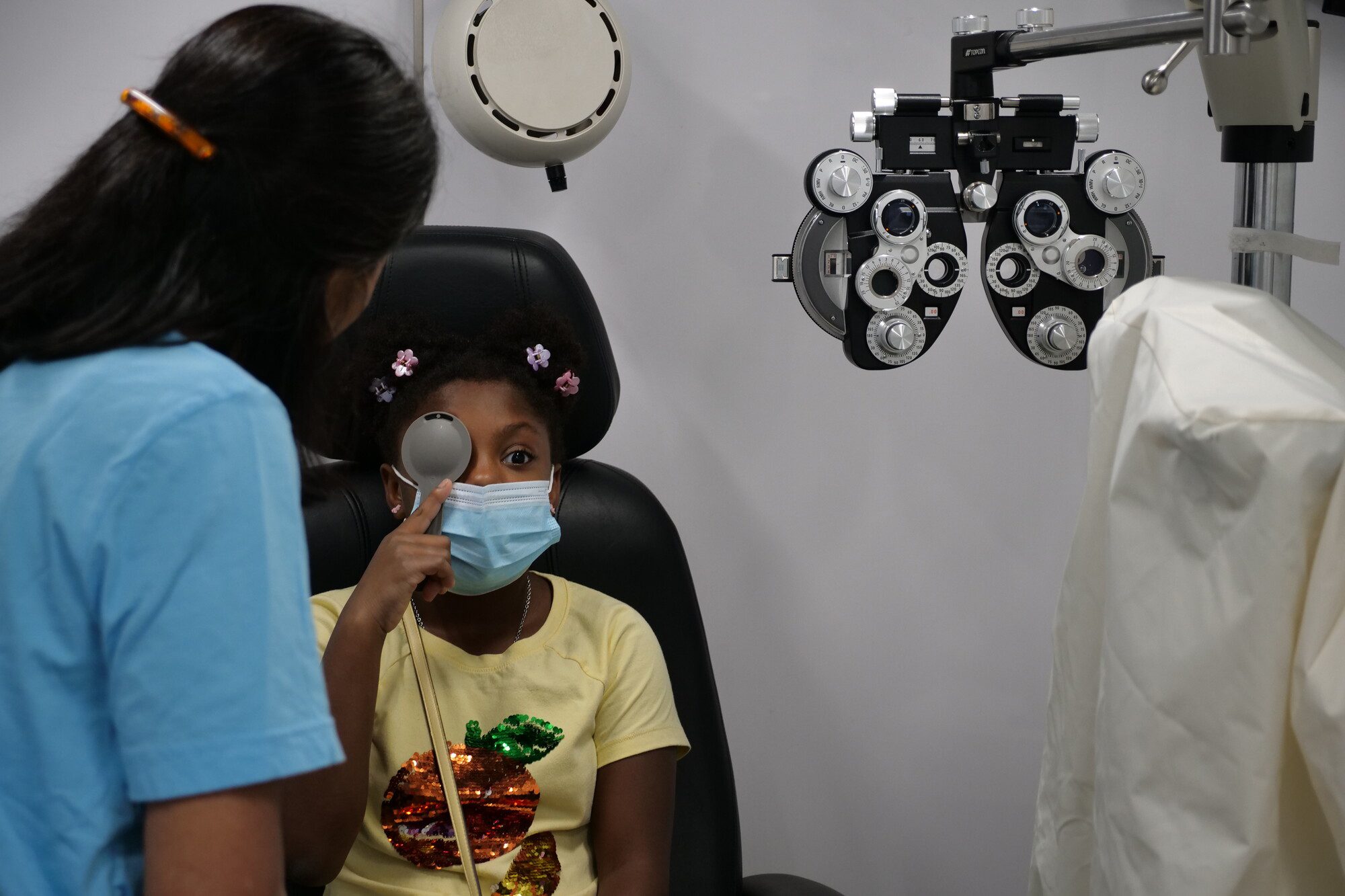
Today, one in four students struggles with uncorrected vision because they can’t afford or don’t have access to high-quality vision services. For children, the ability to see well is integral to the learning process and significantly impacts their chances of success at school and in life. Without clear vision, they struggle to see the board or computer, learn, and fully engage with their teachers and peers. They are more likely to be held back in school, experience cognitive development delays, and social and emotional delays that can result in isolation or frustration.
Helen Keller’s Vision Team is bridging the gap
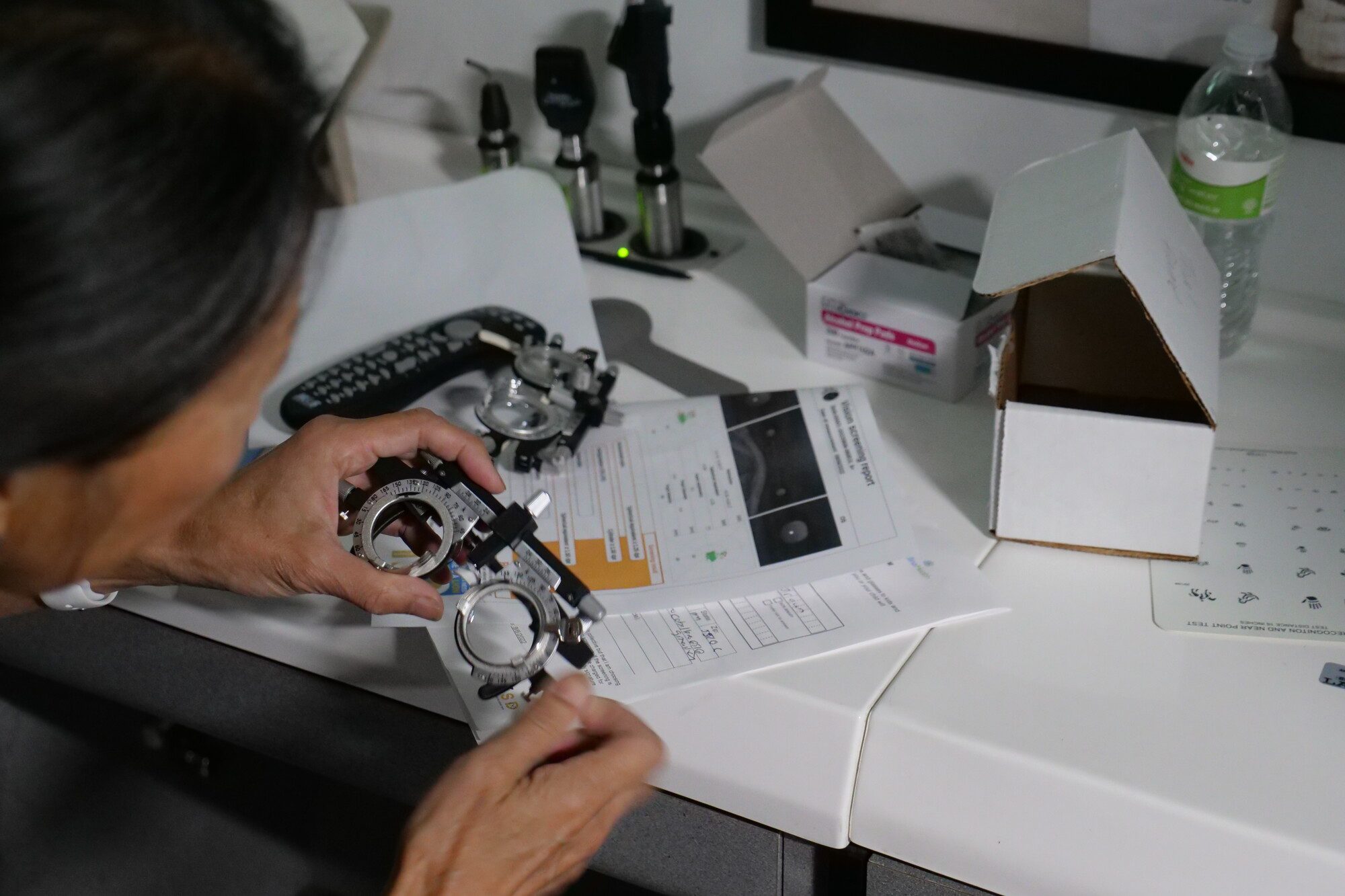
While 42 states mandate regular vision screenings, many schools lack adequate funding to do so. Helen Keller bridges this gap by partnering directly with schools to meet students where they are. For around $50 per student, Helen Keller screens students’ vision, conducts eye exams, and if needed, provides them with stylish, no-cost prescription glasses they pick out themselves.
Prince is just one of the thousands of individuals Helen Keller’s US Vision team screens each year in some of the country’s most vulnerable communities. Working in California, Minnesota, New Jersey, and New York, Helen Keller’s vision team helps eliminate the primary barriers to vision care for vulnerable children and adults: access and expense. In addition to partnering with schools, we strive to reach vulnerable children and adults where they are – in community-based service programs, homeless shelters, and public housing.
The power of a pair of eyeglasses
Thanks to a simple pair of eyeglasses, Prince became a completely new student. “He was eagerly participating in class, and raising his hand frequently, which he rarely did before,” Arnold reported. “He had a newfound enthusiasm for schoolwork as well. His teacher said his ability to focus while writing, and during class work, made a huge improvement.”
“We’re certain this was all due to the glasses,” Arnold added. “Little did we know that his difficulty in focusing was directly linked to not being able to see. Helen Keller’s work closed the gap on so much crucial time that would have otherwise been lost. We truly cannot thank you enough.”
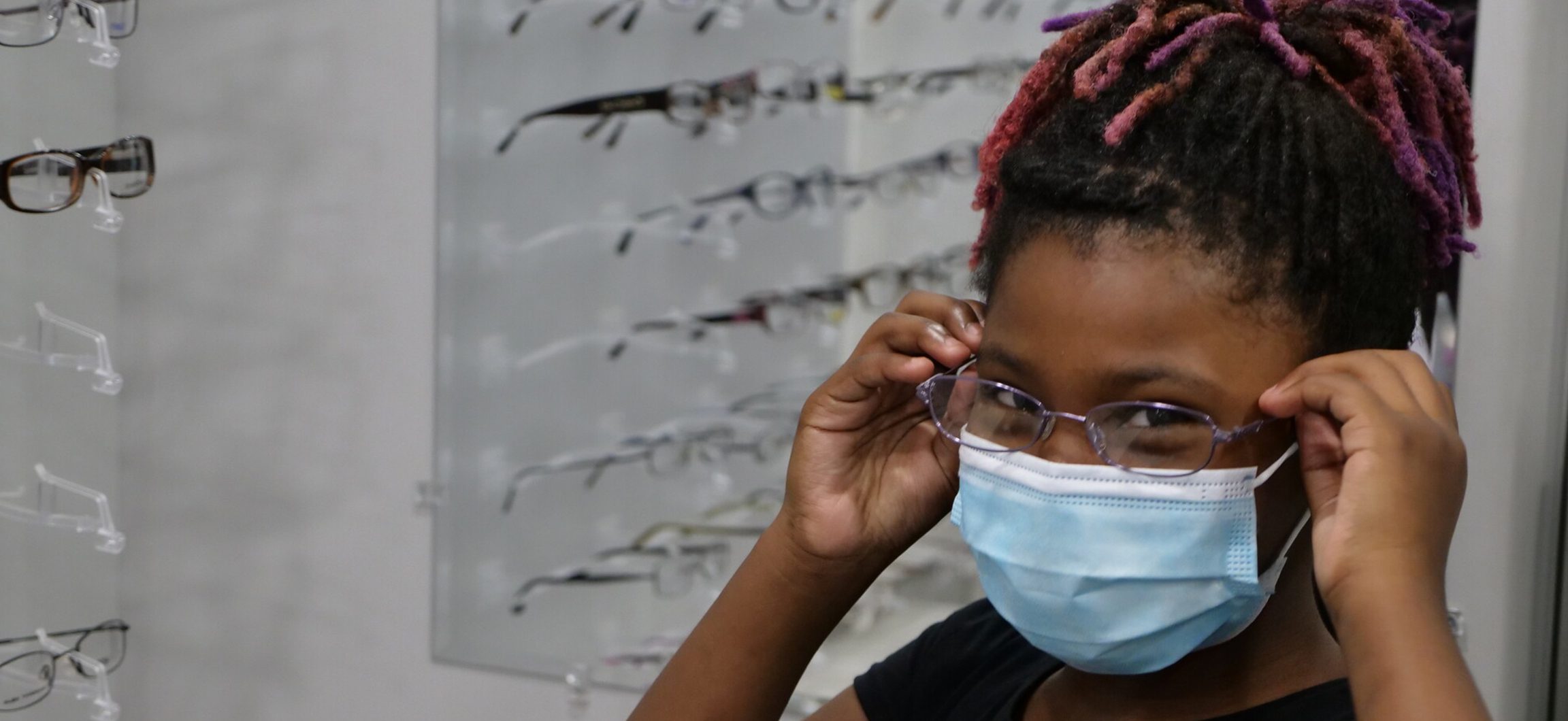
You can help more children like Prince realize their true potential.







